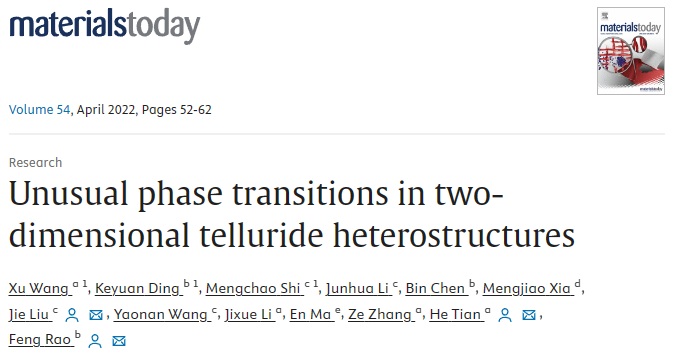
Phase-change heterostructure (PCH) holds great promise for overcoming the low-precision bottleneck that limits multibit storage and parallel computing in conventional phase-change random-access memory. However, the origin of high-accuracy control of electrical resistance achieved in programming PCH memory devices has yet to be established. Via in situ transmission electron microscopy, here we unveil the unusual microscopic processes during the order–disorder phase transitions driven by electrical pulse in a Sb2Te3/TiTe2 PCH architecture. The template-modulated phase transition is confirmed to be two-dimensional (2D) in nature. The structural transformation path and dynamics in the confined Sb2Te3 sublayers are found to be profoundly changed with respect to those in bulk monolithic Sb2Te3, leading to markedly suppressed amorphous relaxation and substantially reduced crystallization stochasticity, both highly desirable for swift and accurate device operations. Our atomic-scale observations provide direct evidence of, and much-needed insight into, the working mechanisms that may enable superior 2D phase-change electronic devices.
Link:https://doi.org/10.1016/j.mattod.2022.02.009